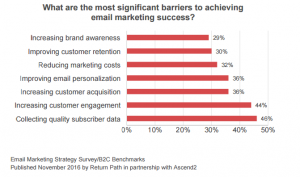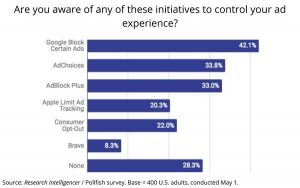— June 4, 2019
Long gone are the days where we simply checked in and checked out of work. With the average American working 47 hours a week, and many working over 50, work isn’t just something we do, it is an indicator of who we are, who we spend our time with, and what problems we are interested in solving. Why then is it 16% of the global workforce is engaged, and only 17% here at home are engaged? If a prospective employee’s first touch point with a company isn’t someone who already works there, it is likely the job description on the career page or job board. This posting is intended to, as aptly named, describe the job. But when the average posting is floating around 500 words, how is it possible for one to understand what life they’re going to be living as a result of the job?
To fix this problem, the first thing we need to realize is that a prospective employee isn’t just signing up for a job and to work with our ‘incredible team of highly motivated, driven individuals that are rockstars both in and outside of the office’, they’re signing up for a way of life. When we understand that work and life isn’t ‘balanced’ like it used to be, and that we just live life, and work is a part of it.
Knowing this, here are three things your new-and-improved job description should include:
1. Video of members of the team an employee will be working with
It has never been easier than it is today to pull out a smart phone and snap a quick video. If we can show a job seeker what it is like in the office, what environment they’re going to be a part of, and who the members of the team are, the better they’ll be able to identify if your office and team is one they want to be a part of. Who does this well? Check out this video from Zappos – a company that has their culture dialed in for their employees.
In the video, consider getting team members to describe what a day in the life is like. How often are they in meetings? How many emails do they get in a day? Where do they go at lunch? What is performance management and feedback like? The more detail the better!
2. An understanding of what life is like outside of work
Is work at your company 9-5? 7-7? Or, like Jack Ma from Alibaba endorses, 9-9-6? It isn’t for me to suggest what is best for everyone, but for a job-seeker that may have a young family working at work that wants to prioritize balance, it may be a deal-breaker. In your new job description, be open about the actual hours worked (both in and outside of the office). If there is work that needs to be done at home or on the weekends, no problem! The key here is to manage expectations. One thing I’ve discovered is that disappointment is realized when expectations aren’t met.
When we are proactive about what the hours of work are, and what commitments outside of work hours might be (volunteering, community work, events, etc.) we can truly start to attract the people that aren’t just interested in our team and office (see tip 1), but the life they’re going to be living as well.
3. Talk about the experience in addition to perks and benefits of the job
I haven’t yet met someone who doesn’t like the perks and benefits, but when the ping pong table, keg, open office, and dog are advertised to someone who doesn’t play ping pong, is sober, would rather work by themselves, and is allergic to dogs, we know we’ve missed the mark. If in addition to the perks, we talk about leadership, how people are managed, what the company stands for or against, we start to manage expectations earlier. Take Nike for example, when they endorsed Colin Kaepernick they took a stand for who they were and what they were against. Gillette did the same with their ‘best a man can get’ commercial in early 2019. Both are polarizing, which is key in identifying who is going to be aligned with the company, and who isn’t.
It isn’t just about the perks of our company (as great as they can be), it is about the experience they have while they’re there. Remember: perks attract talent, experience keeps it.
Never before has work been a bigger identifier of who we are than it is today. We’re working more now than we have in decades and technology has blurred the lines of work-life and home-life, creating integration like never before. If we’re going to attract and retain the best people for our company, it is time we started to tell a better story, and actually describe the job, much like the job description suggests.
Business & Finance Articles on Business 2 Community
(26)
Report Post




